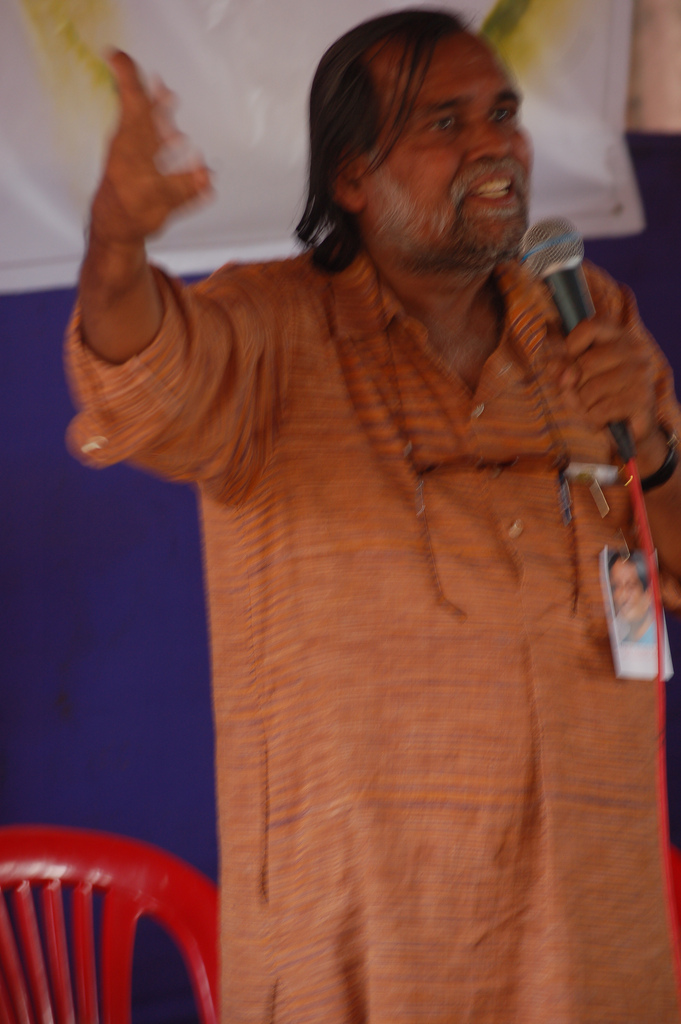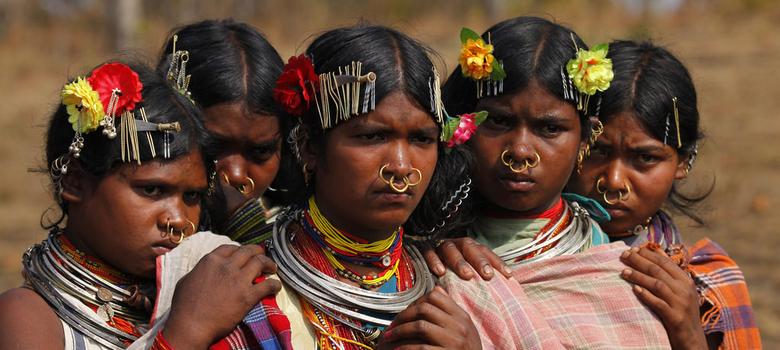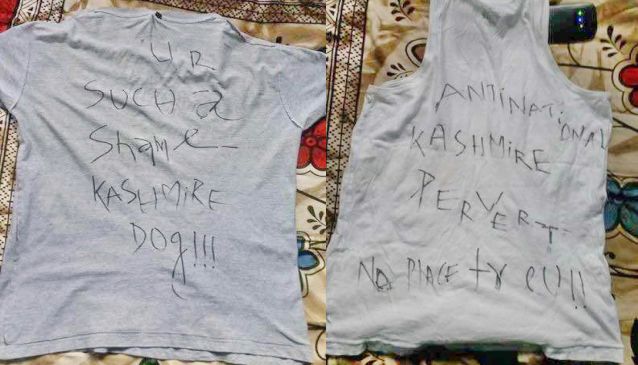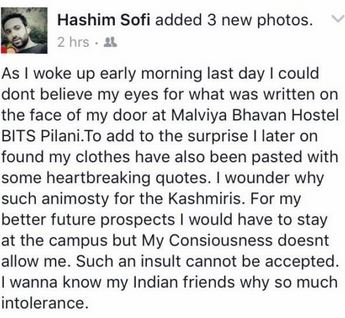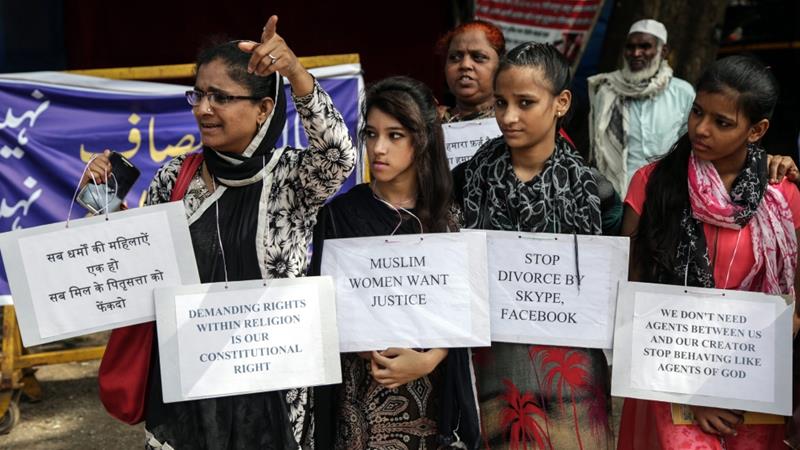
Some weeks ago when the official “quick estimates” of GDP for the third quarter of 2016-17 (October-December) had been released, putting the GDP growth in this quarter (over the corresponding quarter of 2015-16) at 7 percent, which broadly conformed to the CSO’s prediction before demonetisation, a veritable chorus had gone up that the critics of demonetisation had been proved wrong, that the measure did not have the recessionary effect they had claimed it would.
The fact that this growth estimate was spurious, produced at the behest of the BJP government which specialises in “post-truths”, was pointed out by many (see People’s Democracy, March 13). One particularly bizarre element in that estimate had been the growth rate of manufacturing output at 7.7 percent, when according to the index of industrial production, the manufacturing sector had grown only by 0.2 percent in that quarter. We now have fresh figures for industrial production for the month of February 2017, and they only confirm what the critics have been arguing, viz. that demonetisation has had a seriously recessionary effect on the economy.
It should of course be made clear that the Indian economy has witnessed an absolute industrial stagnation for several years now which has to do with a stagnation in domestic demand combined with sluggish net exports owing to the ongoing world capitalist crisis. But as if this was not enough, the Modi government chose to impose upon the economy a massive demonetisation for no rhyme or reason; and this has compounded the industrial recession even further. February 2017 had an index of industrial production that was 1.2 percent below that of February 2016; and for manufacturing the index was a full 2 percent below a year ago. February 2016 itself had witnessed a 0.6 percent growth compared to the preceding February, so that the decline in growth rate is 2.6 percent.
Within manufacturing, the consumer goods sector, which is where the impounding of people’s purchasing power through demonetisation is likely to have the maximum impact, registered a -5.6 percent growth rate, compared to 0.6 percent in February 2016. For the entire April-February period, the growth rate of consumer goods industries has been 0.1 percent in 2016-17 compared to 3.2 percent in 2015-16. And the manufacturing sector as a whole has witnessed, for the April-February period of 2016-17, a growth rate of -0.3 percent compared to 2.3 percent for the corresponding period of 2015-16. Not surprisingly, even bourgeois “experts” belonging to various “think-tanks”, who are taken aback by these poor figures, are now beginning to attribute them to the persistent effects of demonetisation.
It may however be argued that simply showing a fall in growth rate in manufacturing or in consumer goods compared to a year ago is insufficient for establishing the recessionary effects of demonetisation. What is needed is a finer analysis, comparing the trend before November 2016 when demonetisation occurred with the trend after November 2016. Only if there is an observed break in the trend around the time of demonetisation can we say with some degree of confidence that demonetisation did have a recessionary impact.
It is obvious, as already mentioned, that the impact of demonetisation is likely to be felt most strongly on consumer goods output. The other segments, such as basic industries, capital goods industries and intermediate goods industries, typically represent purchases not by households or even petty producers so much as by corporate, or generally larger, enterprises, and in their case the shortage of currency does not constitute a major hurdle to effecting a purchase, because payments are usually made through non-cash means. Of course, if the demand for consumer goods, and therefore the output of consumer goods, is adversely affected by the shortage of purchasing power owing to demonetisation, then this will also affect the demand for producer goods; but this effect will occur only with a time-lag. The immediate impact of demonetisation will be felt primarily on consumer goods, which are purchased by households and in whose purchase cash payments play a major role.
In fact one can go even further. The demand for consumer durables is likely to be less affected by a cash shortage than the demand for consumer non-durables. This is so for two reasons. First, because the purchase of consumer durables, as it involves relatively lumpy payments, is effected to a greater degree through non-cash means than through cash, so that the direct effect of a withdrawal of cash from the economy upon the demand for consumer durables is likely to be less than upon the demand for consumer non-durables. And secondly, with regard to the indirect effect, arising from the loss of incomes of people who are hit by the direct effects of cash-shortage and therefore reduce their demand for consumer durables, this typically would take time to manifest itself. For both these reasons if the short-term impact of demonetisation is to be investigated then the sector to look at is the consumer non-durables sector.
Accordingly I have calculated the growth rate of output of the consumer non-durables sector, from the index of industrial production, separately for two sub-periods: April-October 2016-17 and November-February 2016-17, over the corresponding months of the preceding year. For both sub-periods there is an absolute decline in 2016-17, but while the drop is 2.47 percent for the first sub-period of seven months, it increases to 3.62 percent for the next four months.
There is a further point to be noted here. When there is a fall in demand for consumer goods, it is not as if the output of the sector is curtailed immediately. The fall in demand typically entails an increase in inventories with the sellers, and only when this happens do they cut down on their orders from the producers and the latter in turn cut back on production in response to the curtailment of orders. There is therefore a necessary time-lag between the reduction in demand and the reduction in output.
Keeping this in mind if we calculate the growth in the index of industrial production for consumer non-durables for the months December-February 2016-17 (over the corresponding months of 2015-16), ie, leave out November itself when the effect of demonetisation on output could not have been felt in view of the time-lags, we obtain a growth rate of -5.3 percent. While the growth rate was -1.85 percent for the period April-November 2016-17, it fell to -5.3 percent for the next three months, which shows a decisive break in the trend. This trend was negative for the year as a whole, but it became even more negative for the three months December-February 2016-17 when the effect of demonetisation got further superimposed on the already negative trend.
The index of industrial production, it must be remembered, is extremely inadequate for capturing developments in the small-scale sector where the impact of demonetisation has been the most pronounced. It is prepared by compiling data from 15 sources which are mainly government ministries and official departments. They do not include any source that can provide data on what is happening to the small-scale sector.
The IIP of course is still much better than the GDP estimates which of late have started relying on company statistics to arrive at production data, which is absurd because of the existence of a vast non-company sector. This absurdity gets further heightened when we look at the quick estimate of GDP, such as the one that came out recently and the government used for debunking its critics. This is because in arriving at these quick estimates only some company data are looked at, and not even comprehensive data for all companies. But even the IIP which is much better than these various GDP estimates in giving an indication of industrial growth, is also flawed, in the sense of not taking cognizance of developments in the small-scale sector. If, despite this flaw, the IIP shows such a sharp break in trend, and a sharp curtailment in industrial output in the post-demonetisation months, then the real impact of demonetisation can be easily imagined, when we also take into account the sector which is its primary victim, namely the sector of small-scale and petty production.
Needless to say, the impact of demonetisation has not been confined to the manufacturing sector. Its impact on services and other tertiary activities, especially in the small-scale sector, has been quite profoundly adverse. We have looked only at the manufacturing sector because some data on it have become available recently. Our query in other words has been the following: can we find any evidence of an adverse impact of demonetisation in data pertaining to just one particular sector that have come out recently? And the answer is overwhelmingly in the positive, which should dispel all the lies that government propaganda has been peddling of late about demonetisation having had no recessionary effect.
